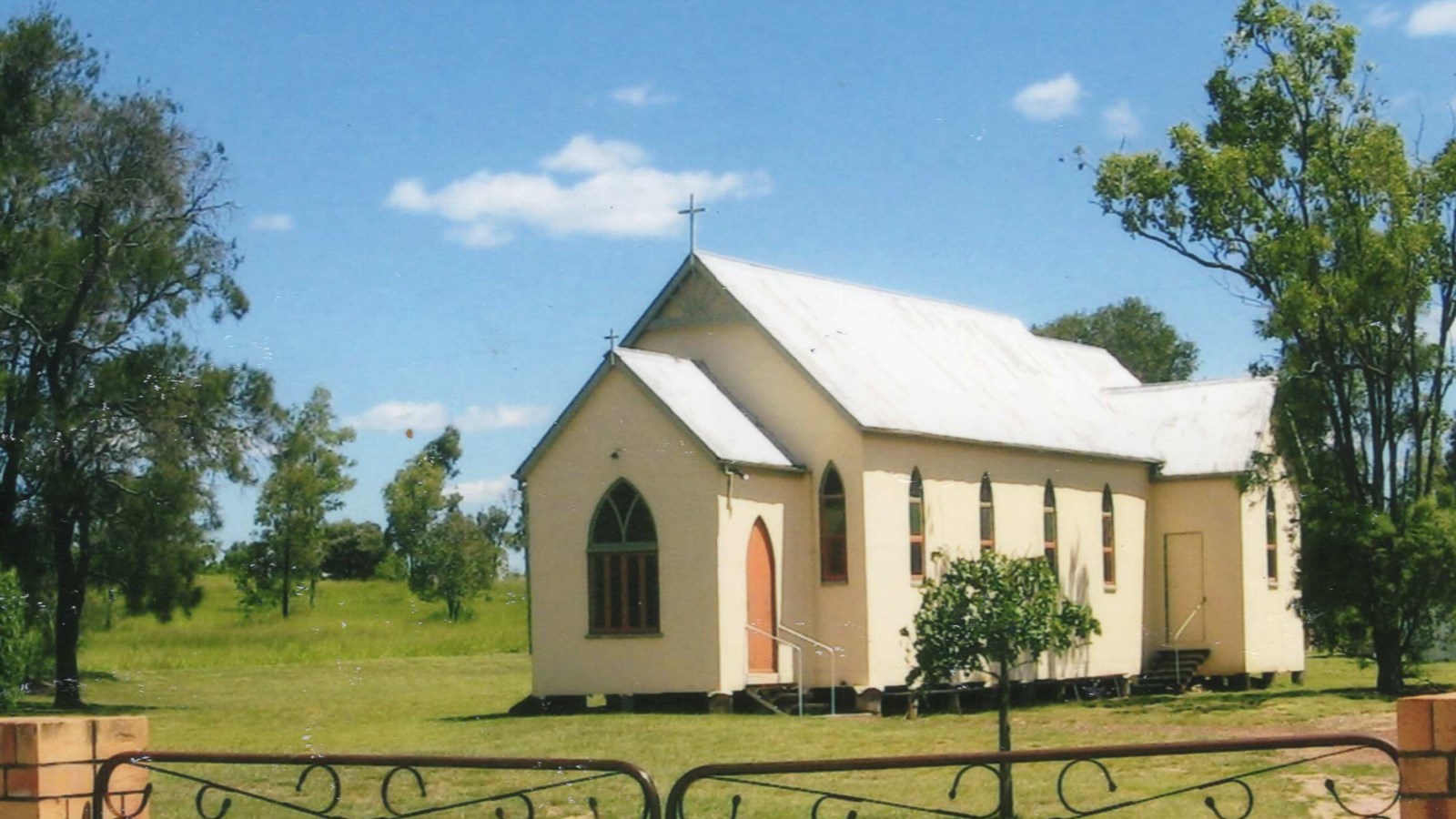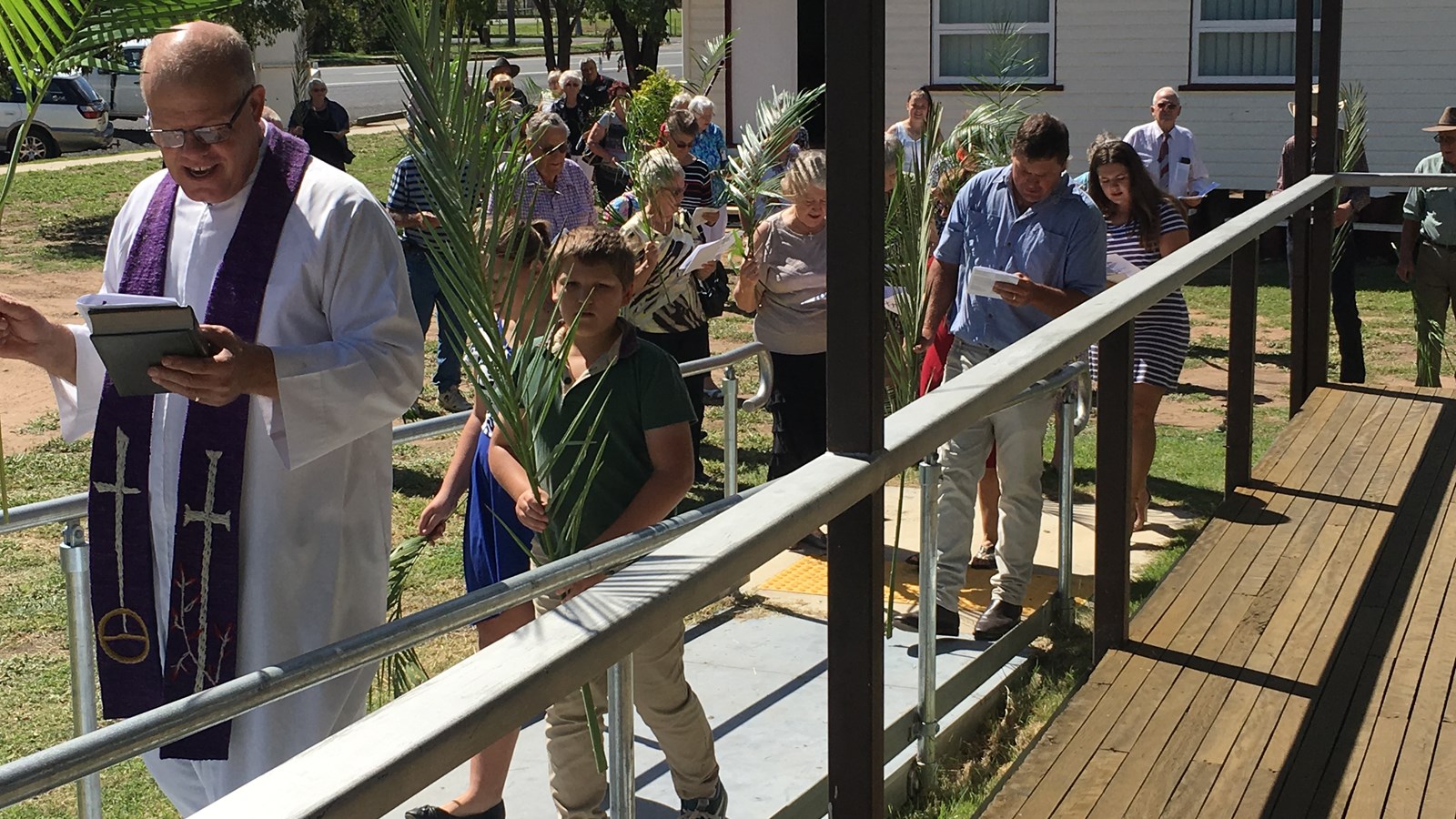“Hello”. “How are you going?” “G’day”. These are different ways that we greet each other in daily life. A greeting enables us to recognise and welcome the other person, and to re-establish our common relationship.
The liturgy of the church also provides God’s people with a greeting: The Lord be with you: And also with you. However, this “salutation”, as it is known, is more than just an everyday greeting in churchy words. The salutation recognises the fact that God really is with us – it is an expression of the name given to Jesus, “Immanuel”, God with us. This conviction lies behind the many biblical examples of this greeting (Judges 6:12; Luke 1:28; 2 Thessalonians 3:16; 2 Tim 4:22).
So the words, The Lord be with you: And also with you, are especially appropriate before those key parts of the service where the Lord has promised his presence, such as the reading of the word and the administration of holy communion. Therefore, it comes before the Prayer of the Day, which is really the prayer to prepare us for the hearing of God’s word; it opens the liturgy of the Lord’s supper; and it also precedes the post communion prayer which is leading up to the final blessing, sending us into the world. In summary: before the readings, the supper, and the benediction.
The salutation also recognises the special bond between minister and congregation. It expresses our common faith, our common purpose, and our common desire to assist each other in worship. The pastor is saying, in effect, “May the Lord be with you to help you in your worship”, and the people respond, “And may he be with you as you lead us in worship”. However, the greeting can also form part of the everyday speech of Christians, just as when we say “God bless you”. The Lord be with you: And also with you is a wonderful way Christians can encourage each other in daily life.
In the older liturgies the people responded with “And with your Spirit”. This is an even more fitting response, as it affirms that we are worshiping in the power of the Holy Spirit, the Spirit of God who testifies with our spirit that we are children of God (Rom 8:16). The latest revision of the Roman Mass, as well as the forthcoming Lutheran hymnbook of the LCMS, has reverted to this original translation: The Lord be with you: And with your Spirit.
https://www.lca.org.au/departments/commissions/commission-worship/biblical-theological-resources/
A series of studies on the Liturgy – Linards Jansons
About the author
Rhonda Bruggemann











